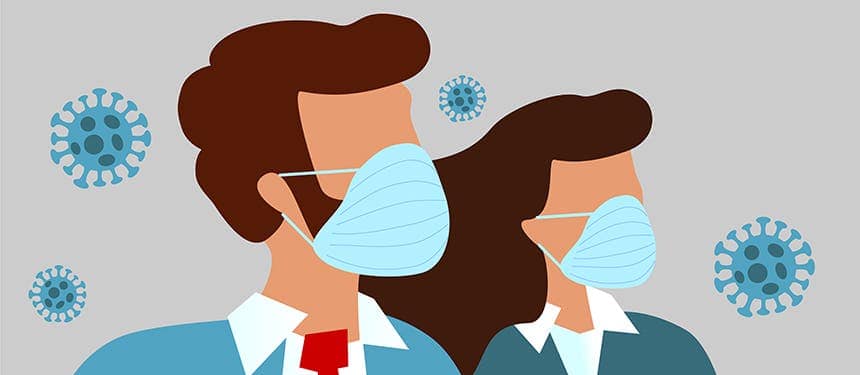
A study published mid-April reported that people infected with SARS-CoV-2, the coronavirus causing COVID-19, might be most contagious during the period before they have symptoms. Two studies published in late May showed that a high percentage of people with COVID-19 could be without symptoms.
In one study, Australian researchers reported that 104 of 128 people (81 percent) on a cruise ship who tested positive for the novel coronavirus were asymptomatic. In another study, researchers in Wuhan, China reported that 33 of 78 people (42 percent) who tested positive for COVID-19 were without symptoms.
Most recently, a multicenter study published in Travel Medicine and Infectious Disease shows that 60% of asymptomatic (symptom-free) COVID-19 patients in Sichuan province, China, were diagnosed as having pneumonia on their first computed tomography (CT) scan.
The study involved 100 asymptomatic and 411 symptomatic coronavirus patients in hospitals in 21 cities and 47 counties or districts from Jan 25 to Feb 20. The investigators also found that patients without symptoms were younger and came from higher-altitude areas with less resident mobility and more defined epidemiologic history than patients with symptoms but had similar rates of underlying conditions.
Of the 100 well-documented asymptomatic cases, 17 (27.4%) later developed symptoms, two of the older patients developed severe symptoms during hospitalization. No asymptomatic patients died. One patient was believed to have transmitted the virus during the incubation period.
In a May 30 letter to the editor published in Influenza and Other Respiratory Viruses, public health experts describe a likely asymptomatic COVID-19 spread in a household and school after travelers returned to Brunei after attending a religious event in Malaysia from Feb 28 to Mar 2.
Of the more than 4,000 confirmed cases linked to the event, 19 from Brunei tested positive for COVID-19 and infected 52 others. According to the researchers, this is the first report documenting the role of asymptomatic SARS‐CoV‐2 transmission in the propagation of a large superspreading event.
The authors said that their findings support the use of testing and longitudinal surveillance of asymptomatic close contacts, as well as widespread testing at mass gatherings in places with known community spread.

All these studies strengthen the argument for people to wear masks. After first telling the public there was no need for people to wear a mask unless they were sick or coughing, the US CDC revised their position. Since early April, the agency has recommended that in addition to physical distancing measures, people should wear a face covering if they go to a public place in settings where physical distancing measures are difficult to maintain (e.g., grocery stores and pharmacies) especially in areas of significant community-based transmission. They have posted instructions on how to properly wear a cloth mask.


